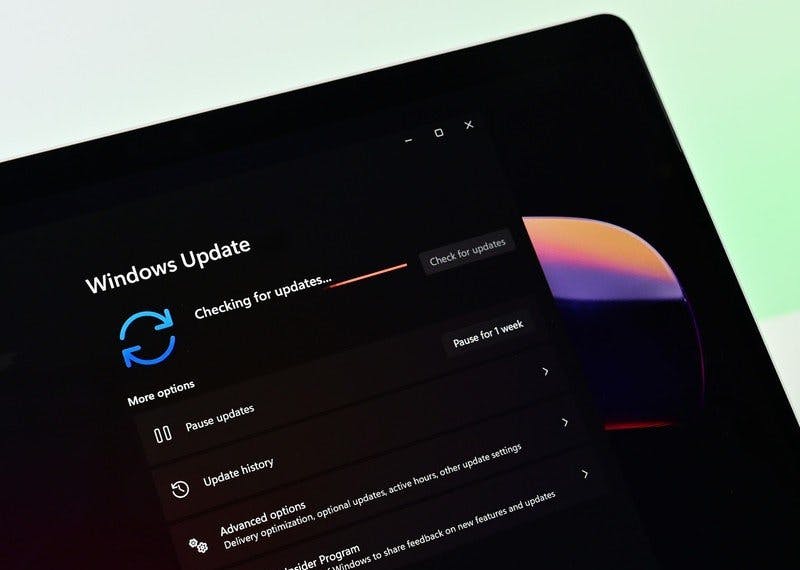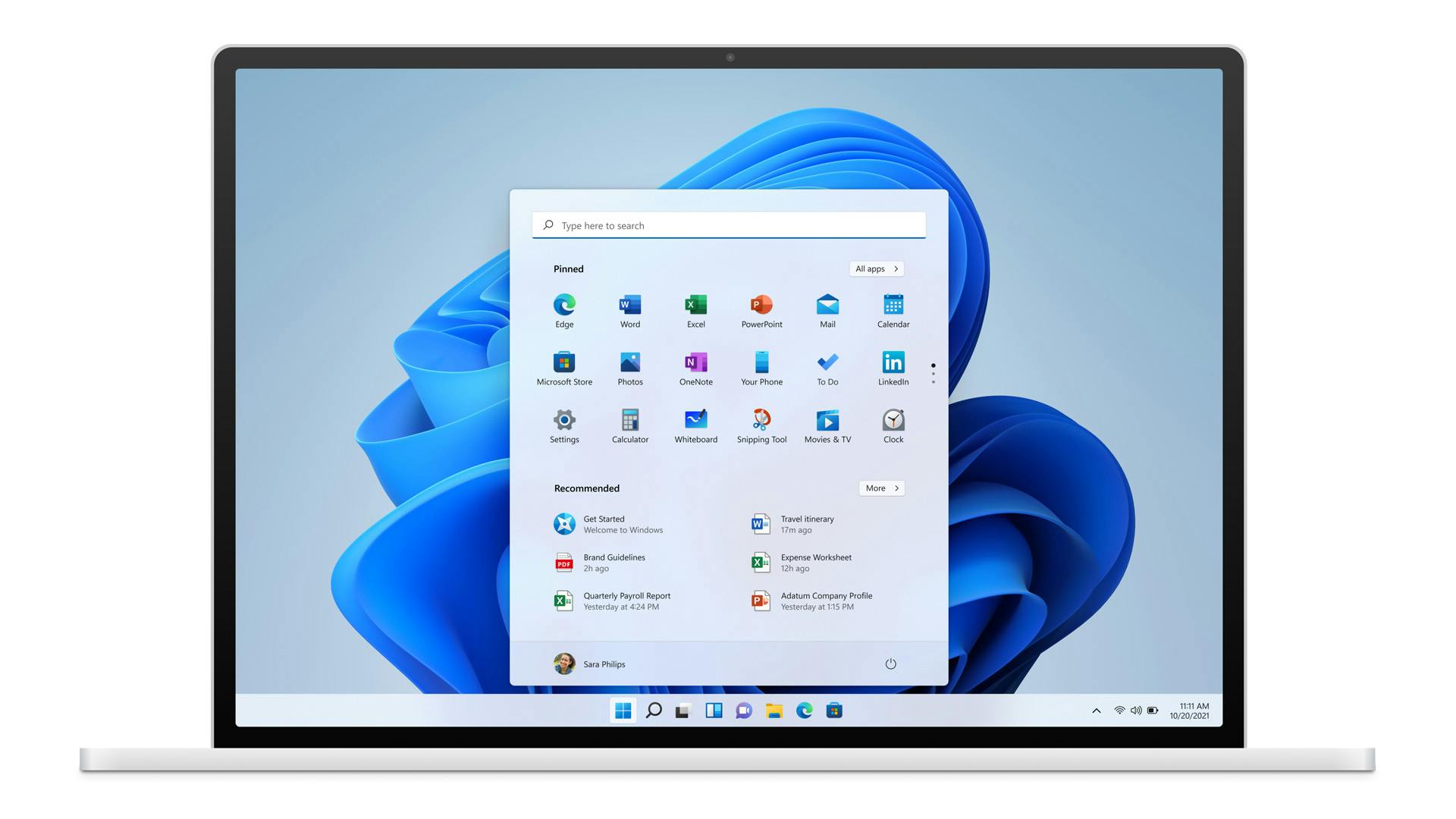On the 5th of October, the much anticipated free Windows 11 update for Windows 10 users was released, but as expected it won't be available for all PCs and devices just yet. Microsoft will be rolling out the update in a phased approach, starting with the new eligible PCs and devices from the 5th of October and others more likely between October and mid-2022.
How do I know if my device is eligible for the Windows 11 update?

To keep your devices secure using Windows 10 or Windows 11, you need to make sure that your device has been updated with the most recent patches from Microsoft, which were rolled out on the 12th of October this month.
To check if your PC/Device is eligible for the Windows 11 update, you will either receive a Windows Update notification, or you can check manually by going to Settings > Update and Security > Windows Update and click Check for updates.
Before you begin the Windows 11 update you need to be aware of the minimum requirements as it may not work on your current device. Microsoft has released a list of specifications that your PC will need for the update to work successfully, so be sure to check this before updating.
Do I have to update to Windows 11?

If you don't want to update to Windows 11 and would prefer to use Windows 10, there's no rush to get the update as Microsoft will stop support for Windows 10 on the 14th of October 2025. If you are still using Windows 10, vital security updates will continue so you don't have to worry about the security of your device until after the 14th of October 2025, as after this date Microsoft will stop Windows 10 security updates and fixes.
Want to know more about the Windows 11 update?
If you are unsure whether your PC/device meets the Window 11 requirements, or would like more information about the Windows 11 update, please get in touch with our support team for further advice.
Related posts
Visit blog
How Much Does IT Support Cost for a Small Business? A Complete Guide
IT support encompasses a range of services designed to maintain and optimise technology infrastructure. For small businesses, this can include network management, hardware and software troubleshooting, cybersecurity, cloud services, data backup, and user assistance

ERP Implementation Cost Guide: Key Considerations, Strategies, and Planning Insights
This article explores the main factors that influence ERP implementation expenses, hidden considerations, and strategies for maximising return on investment.

What is ERP Implementation Life Cycle? A Complete Guide
However, implementing an ERP system is not a one-time activity; it is a structured process known as the ERP implementation life cycle
